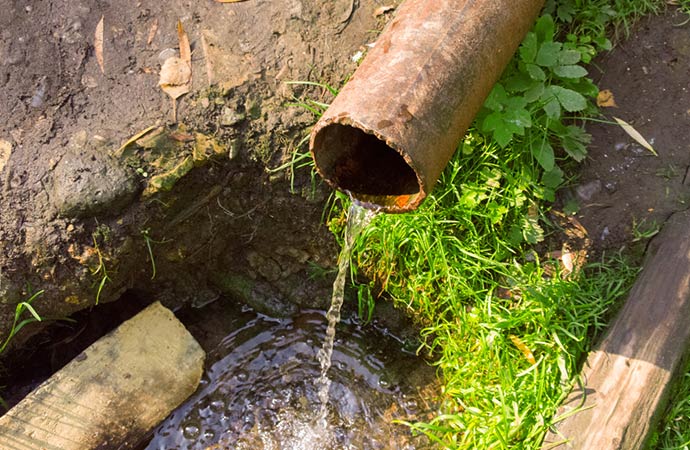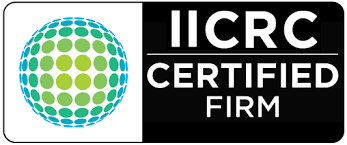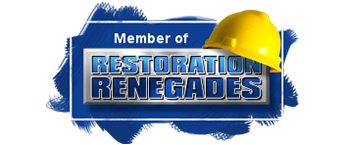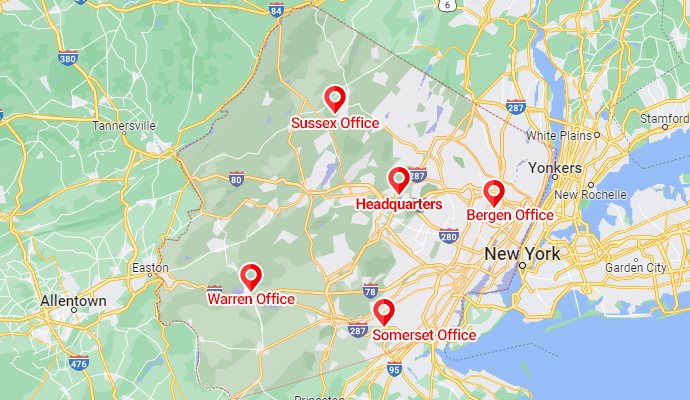
What to do if your sewer backs up
Sewer backups are caused by flooding, damaged sewer lines, a tree root that has broken your sewer line, or a soft clog when an item is stuck in your drain line. The best way to prevent a clogged sewer line is not to have one happen, so perform routine maintenance and inspections. Even with the most careful planning, this noxious, expensive problem can still happen. So here are steps to take if you’re already “down the drain.”
Protect yourself and your family
The materials in sewer lines contain viruses and bacteria which can cause illness. When you notice a backup in your home, get your children and pets out of the area. If you’re dealing with standing water, turn off the power and remove any electrical wires. One thing most people don’t know is to turn off the air conditioner or furnace, as the sewage can be pulled into vents and returns. When you’re cleaning up the area, be sure to wear gloves and rubber boots, and always wash up with hot water and soap when you’re done.
Get professional help
Call a plumber once you realize it’s a job you can’t DIY. A soft clog is easy enough to deal with on your own, but if you’ve got a major sewer pipe back up in your home, you’re going to want a professional to snake the lines, find the clog, and do a sewer line cleanout.
Call your insurance company to start the claim process if you have ruined items, or if any appliances were affected by water or sewage. Make a list of the items which have been affected, and if appliances were damaged, consider having a professional inspect them and give you a written estimate to repair or replace them.
Call us at PDQ Restoration
Once you have the backup taken care of, and things are flowing smoothly again, there may be repairs needed, along with the work of scrubbing, sanitizing, and odor elimination from your home. This is where our team of professionals can come in and do the dirty work for you. We listed some basics below for clean-up, but if you want assurance that the job is done right, call us!
Clean up as much as you can
The clean-up process will involve the following:
- Remove the damaged contents, as well as unaffected contents.
- Use a shovel to remove the sludge, put in heavy-duty bags, and remove from area
- Remove any affected building materials
- Remove the standing water
- Scrub and sanitize all of the areas
- Dry out the area
Call us at PDQ Restoration
Once the backup is taken care of, there may be damage, along with scrubbing, sanitizing, and odor elimination from your home. This is where our team of professionals can do the dirty work for you. We listed some basics for clean-up, but if you want assurance that the job is done right, call us!
















